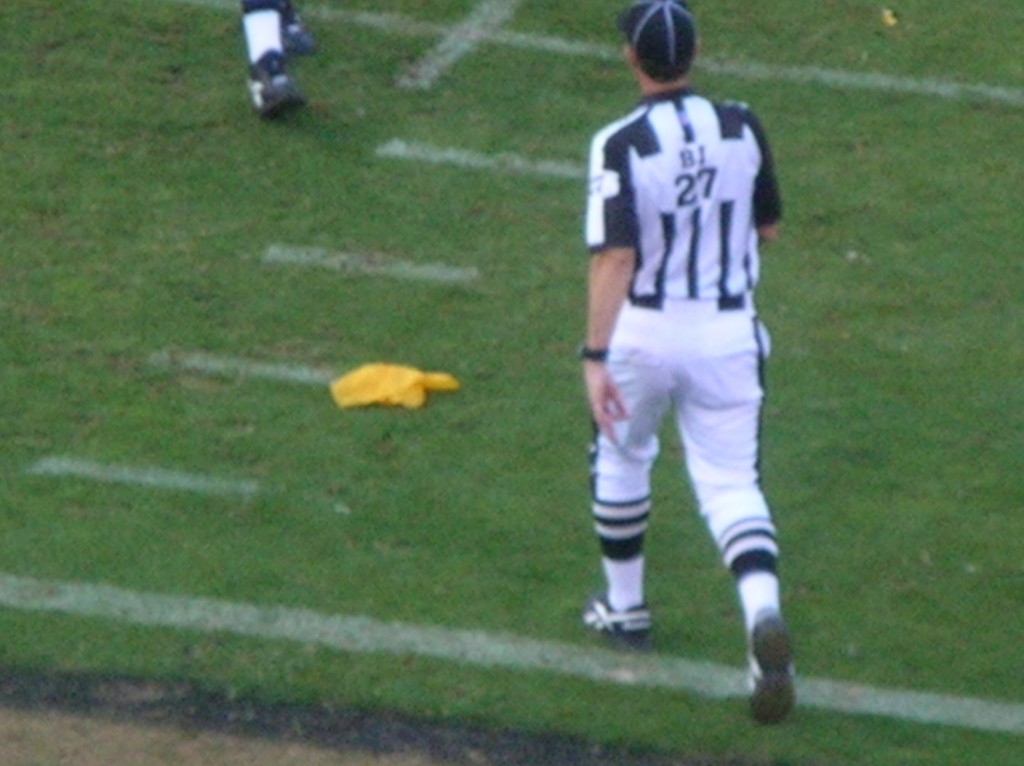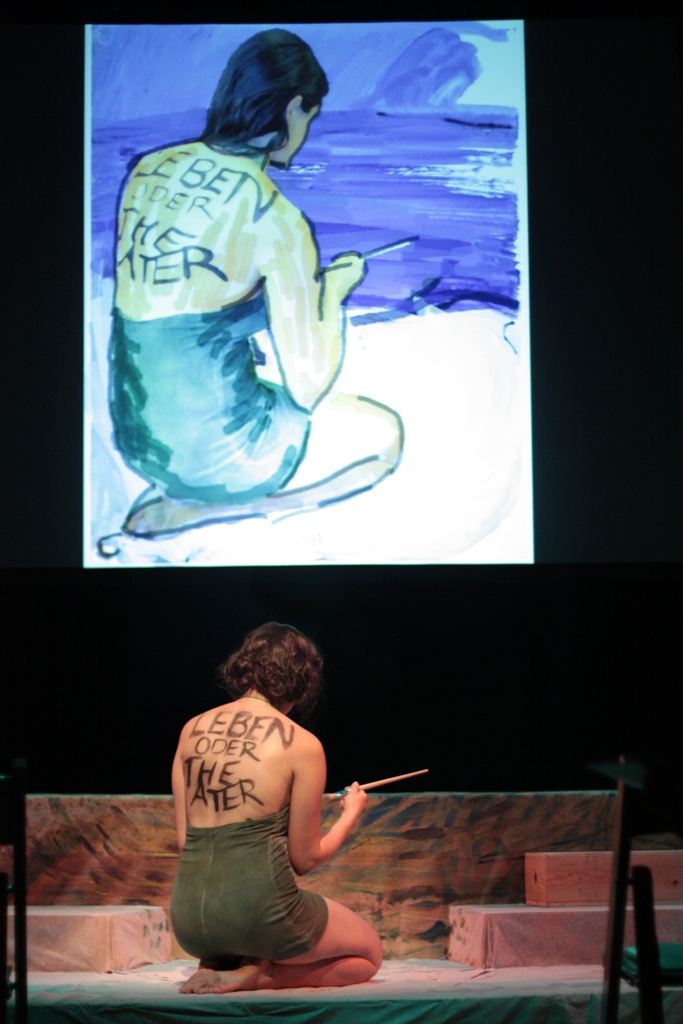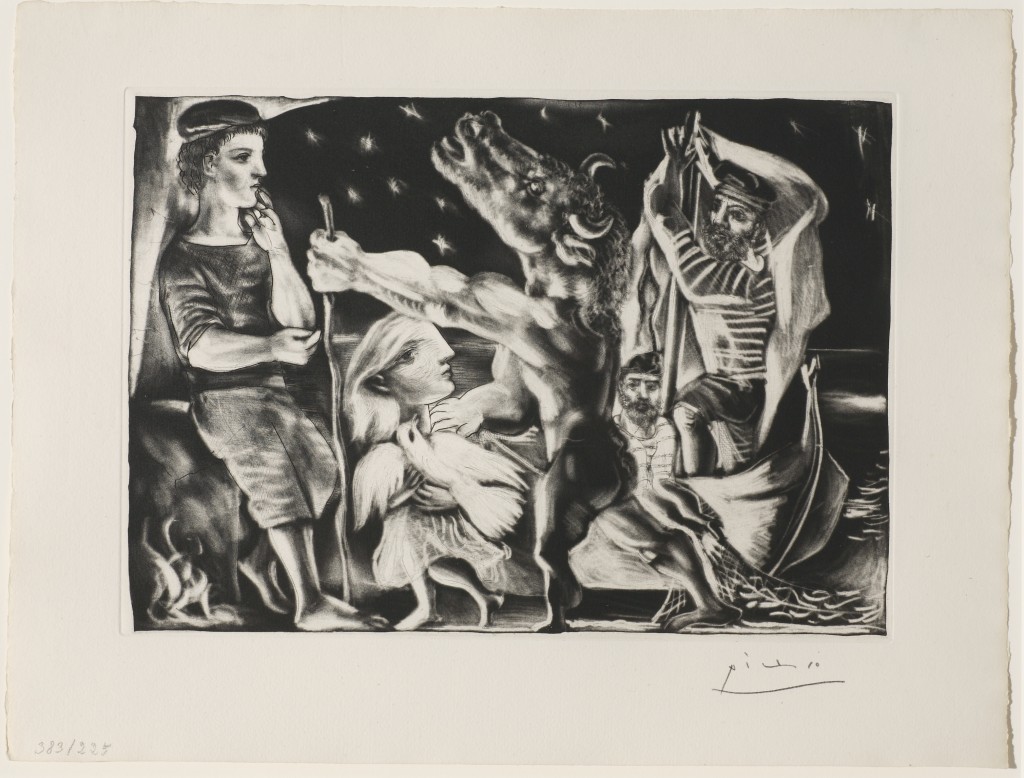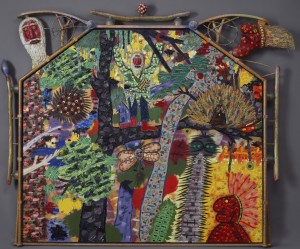
By Bob Hicks
Every reporter at one time or another has felt the heavy hand. The veiled or not so veiled threat. The “You know, I have lunch with your publisher every week, and he listens to me” routine. Sometimes it’s soft and condescending: “I know a smart guy like you is gonna help me out here.” Sometimes it’s hard and condescending: “I’m a major advertiser!”
But rarely does it come down as raw and naked as it did recently from Daniel M. Snyder, owner of the National Football League’s Washington Redskins, who had his lawyer send a letter that included this paragraph to the owners of the Washington City Paper, which had published an unflattering story about Snyder:
“Mr. Snyder has more than sufficient means to protect his reputation and defend himself and his wife against your paper’s concerted attempt at character assassination. We presume that defending such litigation would not be a rational strategy for an investment fund such as yours. Indeed, the cost of the litigation would presumably quickly outstrip the asset value of the Washington City Paper.”
Kapow. The hand smacks down. We can spend you into oblivion.
David Carr, the canny media columnist for the New York Times, unravels the story here, and if Snyder thought he was being ridiculed before … well, let’s just say a little local issue has blown up big.
This threatened takedown strikes Mr. Scatter as the posturing of a bully, and a bully who smells blood: Newspapers are weak, and they can be roughed up. Maybe it shouldn’t come as a surprise at a time when the Supreme Court has declared that corporations are people — or at least have all the rights of individual people, which in fact means they have many more rights, because they are much bigger and more powerful. We are living in a time when big money isn’t content to simply pile up and multiply in a few fat wallets. It wants to run every part of the show.
This shakedown won’t work. But it’s both telling and appalling that it’s been attempted. Has Mr. Snyder taken a look at what’s happening in the streets of Cairo?
Probably not. After all, he still insists, in the face of a culture that has shifted under his feet, on calling his football team the Redskins. Now, there’s an insult.
*
Penalty, Mr. Snyder: Roughing the press. © BrokenSphere / Wikimedia Commons.


 Her life, like so many others, ended in the gas chambers of Auschwitz, where she died in 1943, at age 26. But in a few fevered final months of 1941 and ’42, before she was shipped off from her refuge in southern France to the concentration camp, she left her mark on the world — a mark that, remarkably, survived, even though Charlotte did not. In those months the young artist created a portfolio of more than 700 paintings, many also covered with words or musical notations, that together amounted to an autobiography.
Her life, like so many others, ended in the gas chambers of Auschwitz, where she died in 1943, at age 26. But in a few fevered final months of 1941 and ’42, before she was shipped off from her refuge in southern France to the concentration camp, she left her mark on the world — a mark that, remarkably, survived, even though Charlotte did not. In those months the young artist created a portfolio of more than 700 paintings, many also covered with words or musical notations, that together amounted to an autobiography.



 The review stands pretty much on its own, as an overview of what is an overview exhibition. Each of the exhibit’s six areas of concentration makes up its own statement, and each could have been reviewed rigorously on its own, but for most viewers — and for the museum itself — the larger picture is more important.
The review stands pretty much on its own, as an overview of what is an overview exhibition. Each of the exhibit’s six areas of concentration makes up its own statement, and each could have been reviewed rigorously on its own, but for most viewers — and for the museum itself — the larger picture is more important.